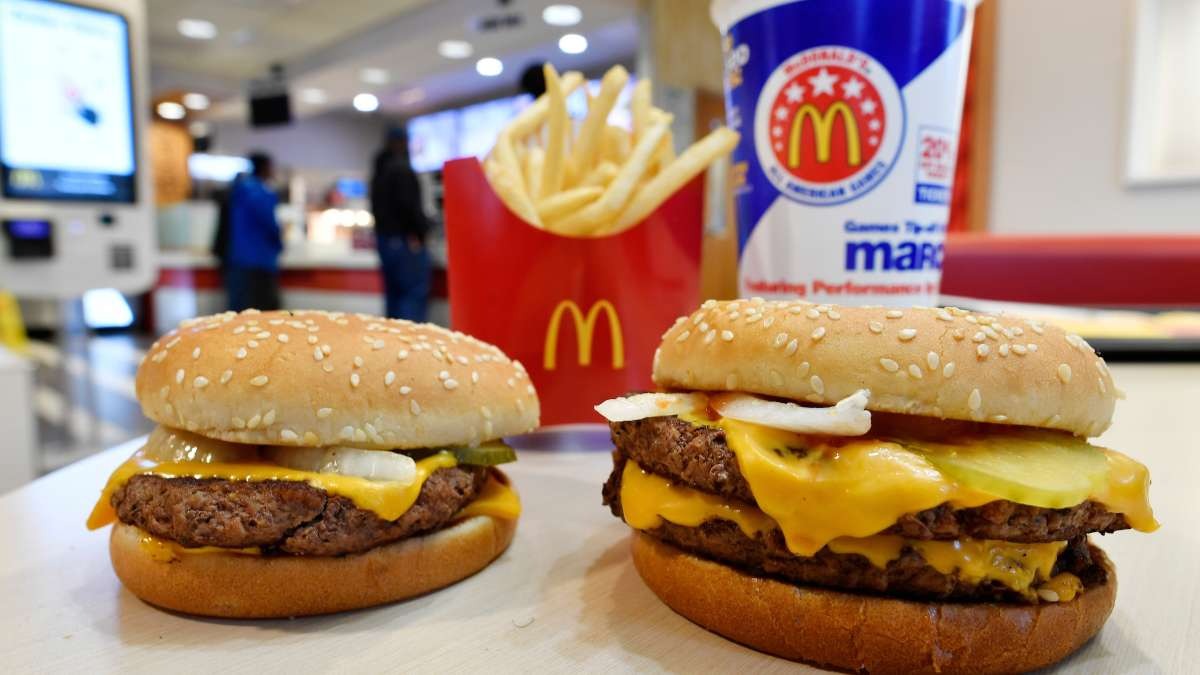
International: A food poisoning outbreak tied to McDonald's Quarter Pounders was caused by a common type of E. coli bacteria that can cause serious illness and death. Particularly vulnerable are young children, older people or those with weakened immune systems. About 50 people have fallen ill in the McDonald's outbreak, and one has died, with ages ranging from 13 to 88, according to the Centres for Disease Control and Prevention. A preliminary investigation suggests raw slivered onions served on Quarter Pounders are a likely source of the outbreak.
McDonald's US head vows to improve safety
A McDonald’s spokesperson said the outbreak is limited to the United States. "We fully expect to see more cases," said CDC spokesman Tom Skinner. "McDonald's has moved rather quickly to take action to, hopefully, prevent as many cases as possible." McDonald's USA President Joe Erlinger on Wednesday said the fast-food chain needs to rebuild trust with the public after it pulled the item off its menu at a fifth of its 14,000 U.S. restaurants.
The company pulled the Quarter Pounder from its menu at McDonald's locations in Colorado, Kansas, Utah and Wyoming, and in parts of Idaho, Iowa, Missouri, Montana, Nebraska, Nevada, New Mexico and Oklahoma. The CDC and McDonald's are scrutinizing the Chicago-based company's supplies of slivered onions and beef patties as they try to determine the cause of the outbreak, the company said. The US Department of Agriculture said late on Wednesday that the onions used were the likely source of the illness, though one of its state partners is testing samples of the beef for E. coli. The company's stock closed down 5.1% at $298.57 on Wednesday. Shares hit an intraday low of $290.88.
Here's what to know about the dangerous germ:
What is E. coli?
E. coli is a type of bacteria found in the environment, including water, food and in the intestines of people and animals. There are many kinds of harmless E. coli, but a few types can make people seriously ill. The McDonald's outbreak is caused by E. coli O157:H7, which produces a toxin that causes dangerous diarrhoea and can lead to kidney failure and other serious problems, according to the CDC.
How is it spread?
People can get sick from E. coli poisoning when they consume contaminated foods or through contact with animals, the environment or other people who are infected. Health officials initially focused on fresh slivered onions and beef patties as the possible sources of the McDonald's outbreak. But the beef patties are an unlikely source because of federal requirements for testing meat and McDonald's protocols that call for cooking it to a temperature that kills the bacteria. The onions are served raw.
What are the symptoms of E. coli poisoning?
Symptoms occur quickly, within a day or two of eating contaminated food, and typically include fever, vomiting, diarrhoea or bloody diarrhoea and signs of dehydration-- little or no peeing, increased thirst and dizziness.
The infection can cause a type of serious kidney injury, especially in kids younger than 5. E. coli poisoning in young children requires immediate medical attention.
How often does E. coli make people sick?
The type of bacteria implicated in this outbreak causes about 74,000 infections in the US annually, leading to more than 2,000 hospitalisations and 61 deaths each year, according to the CDC. In general, E. coli infections were lower in 2023 than in recent years and cases of severe kidney injury caused by the bacteria remained stable, according to the latest federal data.
What other germs can cause food poisoning?
Food poisoning sickens at least 48 million people in the US each year, including 1,28,000 who are hospitalised and 3,000 who die. E. coli poisoning is only one cause of such infections. Other germs can make people sick, too. The most common is norovirus, a group of bacteria that causes between 19 million and 21 million cases of food poisoning in the US each year, according to the CDC. Salmonella bacteria in food sickens about 1.3 million people. Listeria bacteria cause fewer illnesses, about 1,600 each year, but are responsible for about 260 deaths.
--Advertisement--

 Desk
Desk Share
Share






